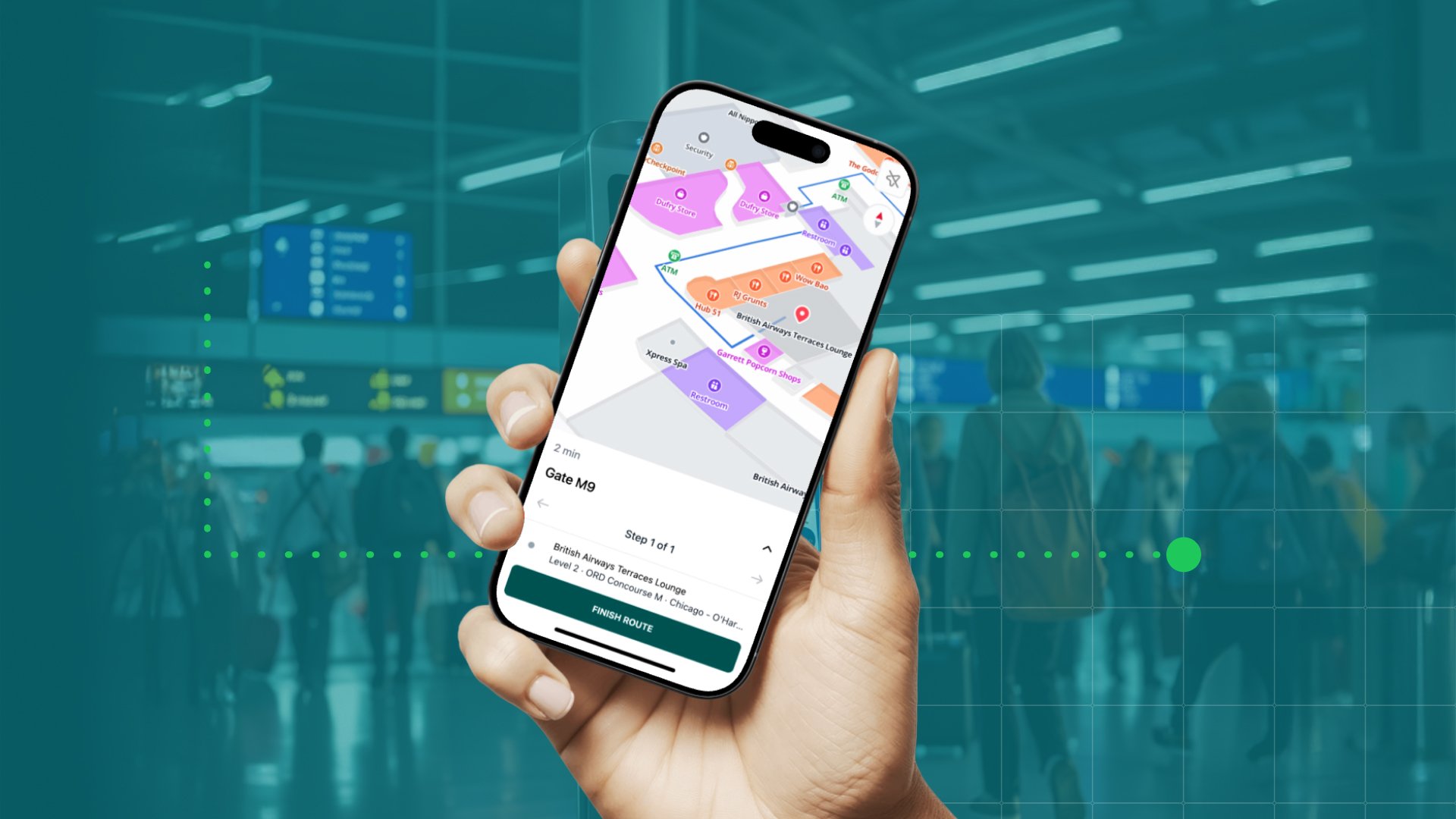In this episode of Spatial Experience Design, host Søren Vasø speaks with BIG Digital’s Jordan Lampert to explore how kiosks are reshaping the experience at large events. They unpack what it takes to design screen content that adapts in real time—based on crowd flow, timing, and intent—and how that flexibility supports everything from fan engagement to emergency messaging. The conversation spans use cases across stadiums, golf courses, healthcare, and retail, touching on analytics, mobile-optional access, and the growing role of AI in personalizing the visitor experience.
Key Topics:
-
- Smart kiosk design
- Kiosks in sports, retail, healthcare, and golf
- Adaptive content and placement
- AI-driven personalization
- Emergency messaging and safety
Digital screens are everywhere now—from malls to stadiums—but too often they’re treated as decoration rather than tools that shape the visitor experience.
In high-traffic venues like stadiums, festivals, and outdoor events, kiosks that adapt in real time can do much more than display content. They offer a way to guide people, adjust to changing conditions, and deliver value where it matters most.
When Phones Don’t Meet the Need
In public or semi-public settings, relying on mobile devices can create friction. Some people can’t get a reliable signal. Even with a working connection, downloading the right app or navigating unfamiliar apps adds unnecessary steps.
Kiosks that are part of the environment provide equal access, regardless of the user’s device. They create a shared layer of information that doesn’t depend on personal tech. That reliability can be the difference between someone finding their way—or feeling lost.
The goal isn’t to replace mobile, but to make sure the right information is available for everyone, without barriers.
Information Has to Keep Up With the Crowd
Large venues change quickly throughout the day. In the morning, people might be looking for schedules. As the crowd builds, clear directions take priority. When weather changes or safety concerns arise, communication also needs to shift rapidly.
Screens with real-time control allow that to happen. Organizers can update what’s shown without sending staff around to adjust each display. One set of kiosks can show different information depending on the location, the time, and what’s happening around it.
This flexibility supports both operations and experience. It builds trust by showing that the environment is paying attention to what’s happening and responding in the moment.
Engagement Depends on Timing and Location
Interactivity is a powerful tool—but it works best when used thoughtfully. During quiet times, a kiosk might present a game, promote a giveaway, or invite people to enter their email for a prize. During peak traffic, those same screens need to prioritize wayfinding or live updates.
Different venue areas will require different kiosk functions. Near the gate, screens might help with orientation. In the food court, they could display coupons or ticket upgrades. The content needs to reflect what people are trying to do, not what looks most impressive.
When screen strategies are designed with audience flow in mind, they support movement instead of interrupting it.
Data Without Strategic Application Misses the Point
It’s one thing to count how many people pass a screen. It’s another to know who stopped, what they tapped, how long they stayed, and whether that interaction led to action.
Today, advanced kiosks can track dwell time, measure repeat versus new visitors, and reveal patterns that help inform better decisions. Some systems go further—tracking the performance of QR codes, measuring the effect of a promotion, or even linking on-screen content with a nearby increase in sales.
Use AI to Filter and Focus
As venues become more complex and full of data, filtering becomes more important than presentation. Visitors don’t always want to browse. Often, they’re trying to solve a task or answer a question.
A smart kiosk system can focus attention instead of adding more layers. That might mean surfacing the right direction, showing a leaderboard, or routing someone to a department with specific access needs. The tools don’t need to be flashy. They need to be focused.
AI isn’t about making things feel futuristic—it’s about making decisions easier.
What Matters Most Is Context
Kiosks become meaningful when they reflect the environment around them—when they update with the crowd, speak to the moment, and help people feel oriented and capable. That context includes time of day, audience intent, weather, location, traffic flow, and more. The most effective environments aren’t defined by the number of screens, but by how clearly and intuitively digital tools support people when and where it matters.
Additional Resources:
May 9, 2025



.png)